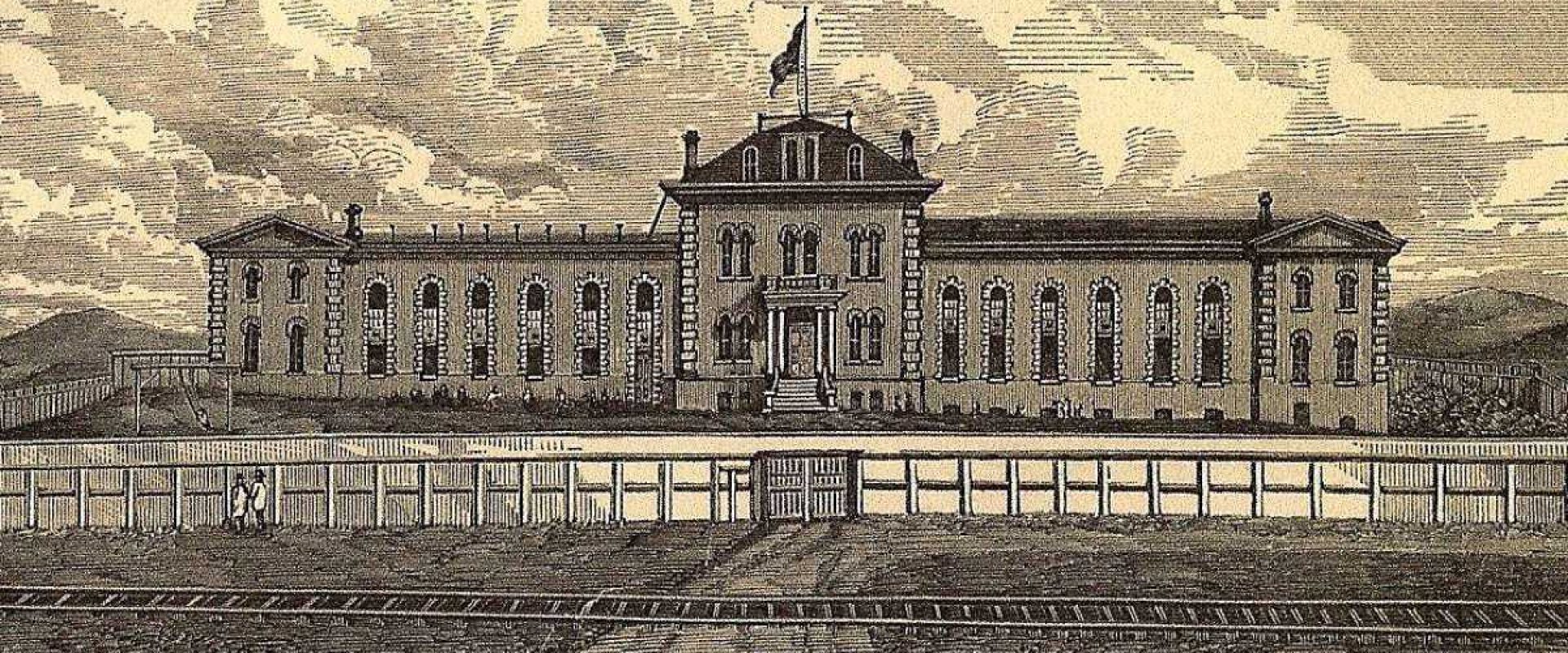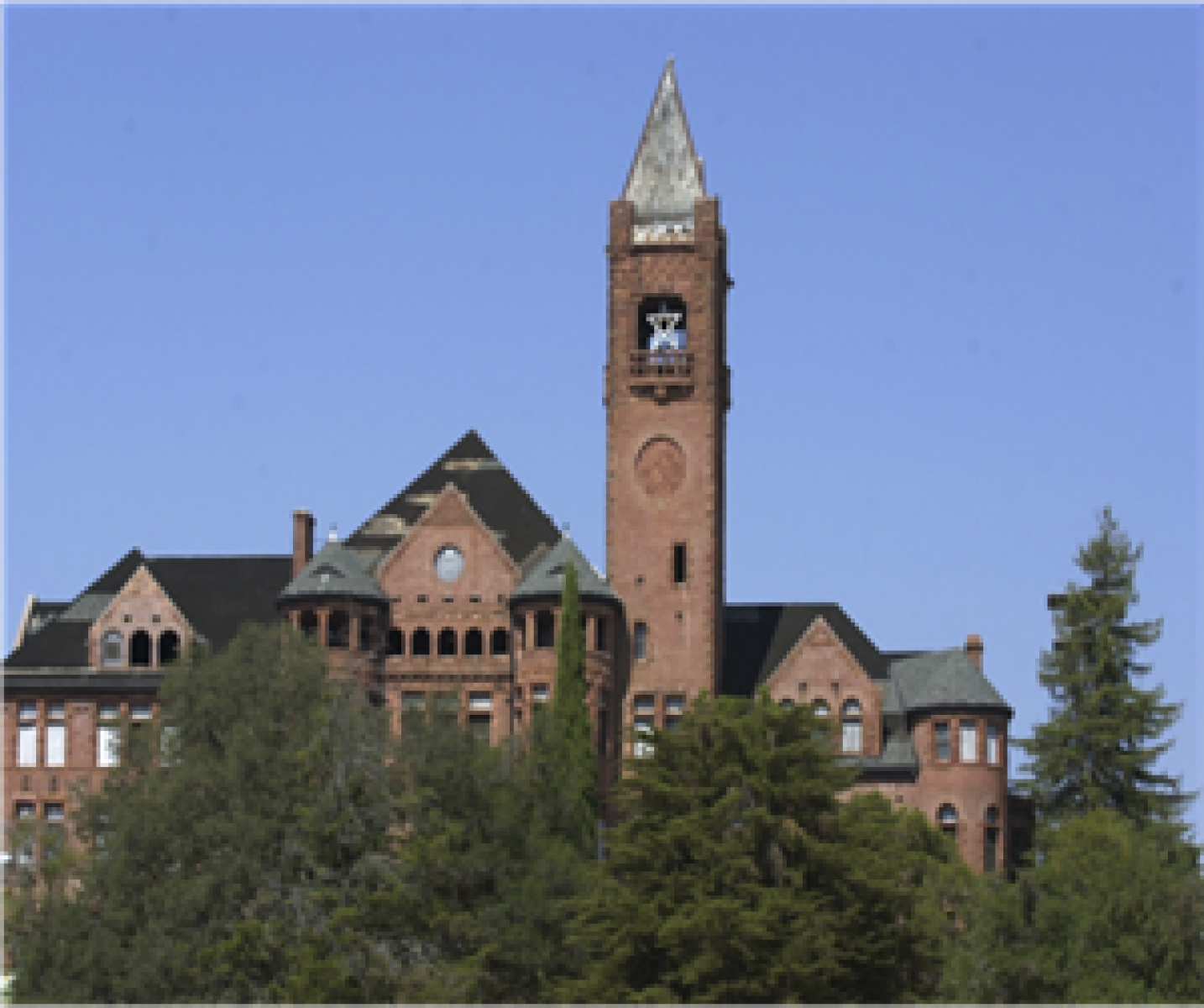This is an introduction to Juvenile Justice in America. Since the 1990s, youth crime rates have plummeted. These falling crime rates have led many jurisdictions to rethink the punitive juvenile justice practices that became popular in the 1980s and 1990s. Today, states are instituting major systemic reforms designed to reduce institutional confinement, close old 19th century era reform schools, and expand community-based interventions.
Juvenile Justice History
House of Refuge
In the late 18th and early 19th century, courts punished and confined youth in jails and penitentiaries. Since few other options existed, youth of all ages and genders were often indiscriminately confined with hardened adult criminals and the mentally ill in large overcrowded and decrepit penal institutions. Many of these youth were confined for noncriminal behavior simply because there were no other options. At the same time, American cities were confronting high rates of child poverty and neglect putting pressure on city leaders to fashion a solution to this emerging social issue.
In response, pioneering penal reformers Thomas Eddy and John Griscom, organized the Society for the Prevention of Pauperism, to oppose housing youth in adult jails and prisons and urge the creation of a new type of institution. Their work led to the establishment of the New York House of Refuge in 1825, the first institution designed to house poor, destitute and vagrant youth who were deemed by authorities to be on the path towards delinquency.
The New York House of Refuge became the first movement in what was to later become the juvenile justice system. With three years of its opening, similar institutions were opened in Boston and Philadelphia. By the 1840s, approximately 25 more facilities were constructed throughout the country.
Houses of Refuge were large fortress-like congregate style institution located in urban areas for youth designated as abandoned, delinquent or incorrigible. The average number of youth in a house of refuge was 200, but some, like the New York House of Refuge, housed over 1,000 youth.
Reform, Training, or Industrial Schools
For the first half of the 19th century, Houses of Refuge were the primary institutions confining the increasing number of poor and delinquent youths. Unfortunately, Houses of Refuge quickly confronted the same issues that plagued adult jail and prisons – overcrowding, deteriorating conditions, and staff abuse. In addition, with the emerging public school movement and compulsory education, social reformers began arguing for a new type of institution that placed greater emphasis on education. Through this movement the reform school, also called training and industrial schools, became an indelible part of America’s juvenile justice system. Today, reform schools are typically called youth correctional institutions and continue to follow a classic congregate institutional model — concentrating large number of youth in highly regimented, penitentiary-like institutions.
San Francisco Industrial School
One of the best examples of a 19th century reform school was the San Francisco Industrial School, which established in 1859. Throughout its turbulent 30-year history, the Industrial School was the subject of frequent scandals stemming from physical abuse to managerial incompetence. When the facility was finally ordered closed in the 1891, the city’s judiciary denounced it as a failed system.
Watch this film featuring Daniel Macallair, to learn more.
Obtain your copy of The San Francisco Industrial School and the Origins of Juvenile Justice in California: A Glance at the Great Reformation by CJCJ Executive Director Daniel Macallair.
Juvenile Court
Until the late 19th century, criminal courts tried youth and adults. The 16th century educational reform movement in England that perceived youth to be different from adults, with less than fully developed moral and cognitive capacities, fueled the movement for juvenile justice reform in America.
By the middle 19th century, following the creation of houses of refuge, new innovations such as cottage institutions, out-of-home placement, and probation were introduced. These new approaches were typically the result of enterprising social reformers who sought new and better ways to address the problem of wayward youth.
This collection of institutions and programs were finally brought together with the creation of the juvenile court. First established in 1899 in Cook County, Illinois and then rapidly spread across the country, the juvenile court became the unifying entity that led to a juvenile justice system.
Founded on the ancient legal of doctrine parens patriae (the State as Parent) which declared the King to be the guardian of all his subjects, the new court assumed the right to intervene on behalf of youth deemed to be in need of help based on their life circumstances or their delinquent acts. The primary motive of the juvenile court was to provide rehabilitation and protective supervision for youth. The court was intended to be a place where the child would receive individualized attention from a concerned judge. Court hearings were informal and judges exercised broad discretion on how each case was handled.
By the 1950s and 1960s public concern grew about the effectiveness of the juvenile justice system, because of the disparities in treatment that resulted from the absolute discretion of juvenile court judges. Similarly situated youths could receive vastly different sentences based on the mood, temperament, or personal philosophy of individual judges.
In the 1960s, the Supreme Court made a series of decisions that formalized the juvenile courts and introduce more due process protections such as right to counsel. Formal hearings were required in situations where youth faced transfer to adult court and or a period of long-term institutional confinement.
In the late 1980s the public perceived that juvenile crime was on the rise and that the system was too lenient. Many states passed punitive laws, including mandatory sentences and automatic adult court transfer for certain crimes.
In the 1990s this tough on crime trend accelerated. Tougher laws made it easier to transfer youth offenders to the criminal justice system. By the mid-1990s use of institutional confinement for even minor offenses was growing. Youth correctional facilities across the country were overcrowded and conditions were deplorable.
Beginning the in the late 1990s the drive to increase rates of youth incarceration began to recede. Led by California, many states began reducing the number of youths committed to youth correctional institutions. Borrowing from the lessons learned from the closing of the Massachusetts training schools in the early 1970s, the efficacy of the congregate institution was now being questioned.
By the end of the first decade of the 21st century, states such as California were instituting the most sweeping reforms in the history of the juvenile justice system.

